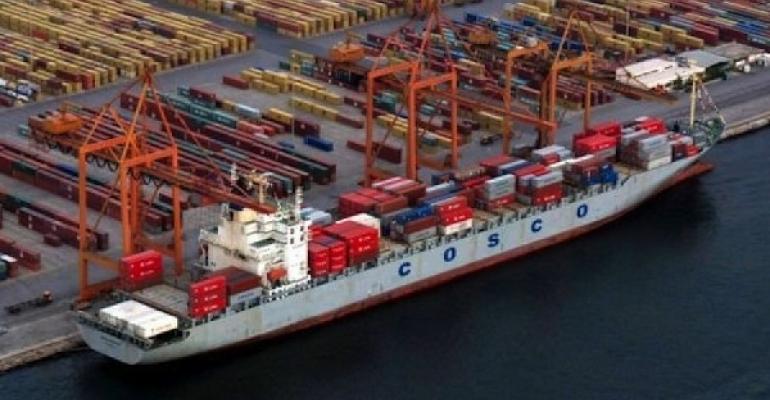Throughput at the Bohai Rim terminals grew 23% to 1.3m teu. The continued strong growth at CSP’s northern gateway ports was driven by a good performance at Dalian Container Terminal, which saw throughput increase by almost half to 657,200 teu from 442,200 teu in February 2017.
The Yangtze River Delta region saw the slowest growth in the group, with throughput rising 5% to 1.4m teu. Meanwhile the Pearl River Delta ports saw throughput grow 15% to 1.86m teu, just a touch behind the 1.88m teu CSP’s overseas ports cumulatively moved in February. While the Hong Kong and Guangzhou ports clusters within the segment saw flat to negative growth, Yantian International Container Terminals saw a strong resurgence, with throughput growing 40% to 906,400 teu.
Among CSP’s newer ports along the southern coasts, the Southeast Coast ports continued to grow strongly, with throughput rising 17% to 376,100 teu. The sole Southwest Coast port at Guangxi Qinzhou International Container Terminal however saw throughput slide 9% in February to 63,600 teu, likely on seasonal effects as the only gateway port in the region.
CSP separately announced that its financial controller Eddie Lui had tendered his resignation to pursue “personal career development”. The group is in the process of looking for a suitable replacement.
Copyright © 2024. All rights reserved. Seatrade, a trading name of Informa Markets (UK) Limited. Add Seatrade Maritime News to your Google News feed.


